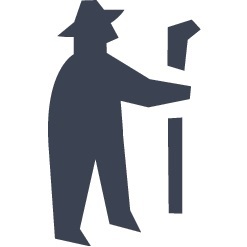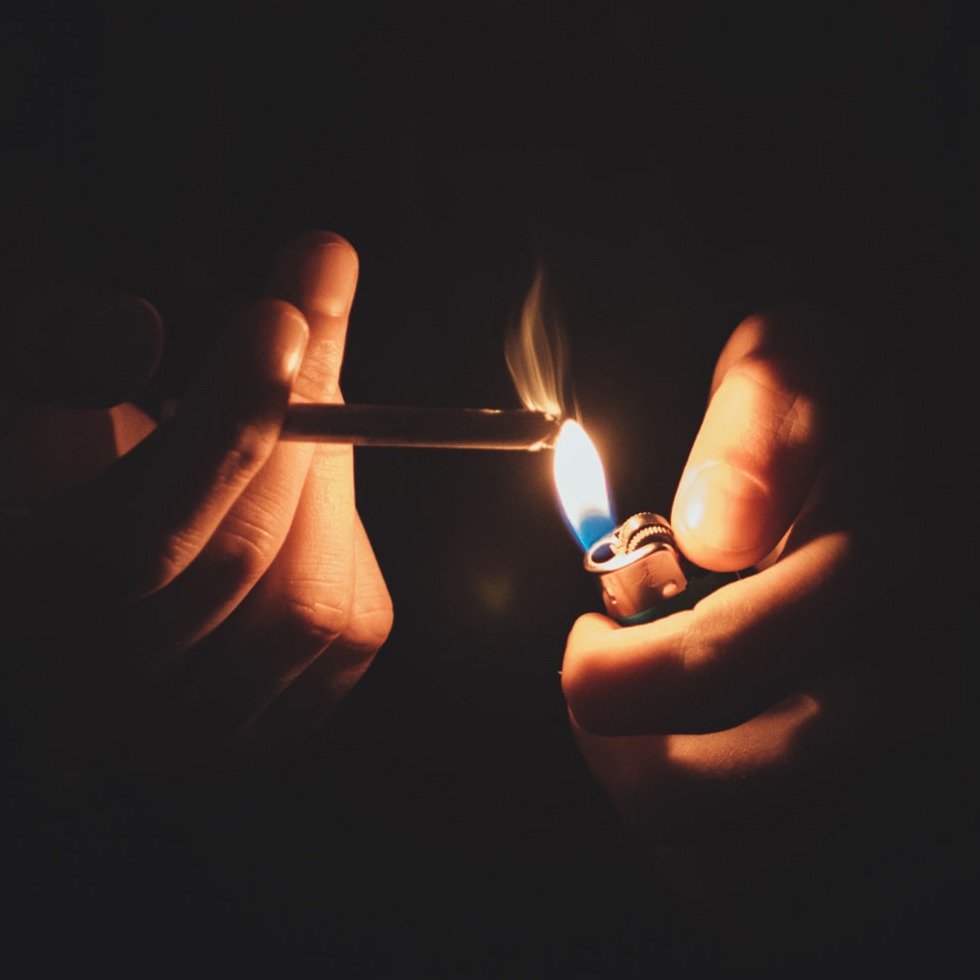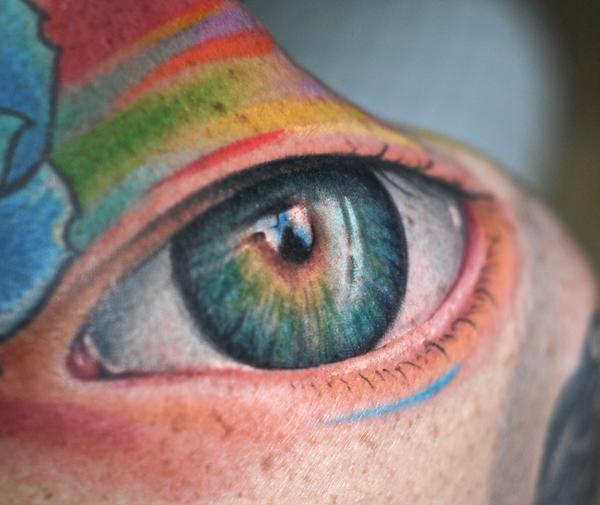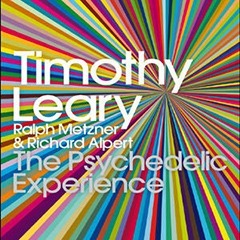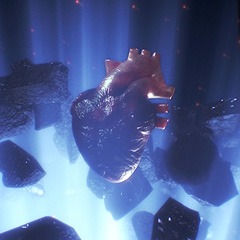This short animation reminds me of a DMT voyage through some kind of cosmic power generator. From the Vimeo page:
1923 aka Heaven is one of two animation loops directed by Max Hattler, inspired by the work of French outsider artist Augustin Lesage. 1923 is based on Lesage’s painting ‘A Symbolic Composition of the Spiritual World’ from 1923.
I recommend fullscreen mode. And turn up the volume, the soundtrack is great.
The second animation mentioned is called ‘1925 aka Hell‘. The visuals aren’t as DMT-looking, but it’s still very trippy.
If the video wasn’t enough to remind you of adventures into hyperspace, how about the fact that it was inspired by a painting called “‘A Symbolic Composition of the Spiritual World”? With a title like that, it must be one hell (heaven?) of an artwork, right? Augustin Lesage does not disappoint. Click to enlarge.
So who is this painter, Antonin Lesage? And how come nobody’s ever heard of him? (Try searching for his name online, you won’t find much.) He was a French figure associated with Art Brut (or Outsider Art in English)—art created by people removed from the professional art scene: children, mental patients, and other folks on the fringes of culture.
Outsider Art reminds me of the most obscure independent music—somehow, it is more satisfying for being unknown, a secret pleasure eclipsed in mainstream culture by more iconic works. Lesage’s paintings are a special treasure for those who discover them, but otherwise unheard of.
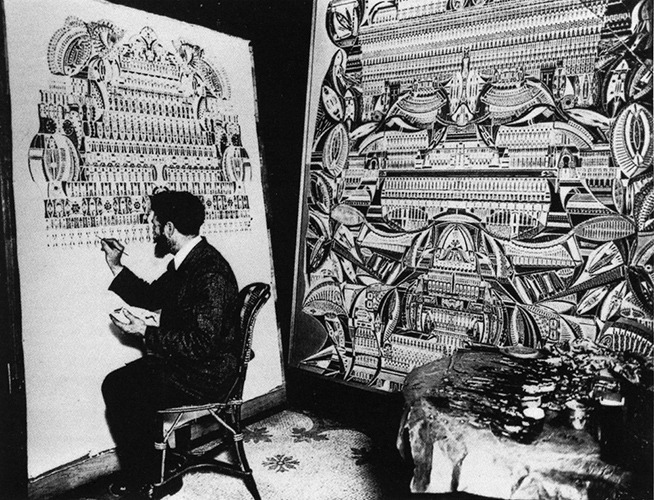
Antonin Lesage in his studio
Antonin Lesage was born in 1876 and did not start painting until 1911, when he was thirty-five. According to his French Wikipedia page, as translated by Emily Pothast in this fascinating blog post, he was a coal miner who started hearing voices. The voices told him to start painting, and through his involvement with the Spiritualists he received this message:
The voices you heard were real. You will be a painter. Fear not, and heed our advice. You will find it ridiculous in the beginning, but we are the ones tracing through your hand. Do not try to understand.
How could he resist a message from the spirits? Lesage started painting every night. When he was deployed to WWI in 1914, he was limited to drawing on postcards. But in 1923, a few years after his return from the war, a Spiritualist named Jean Meyer became his patron. Lesage was able to quit mining and devote himself to painting.
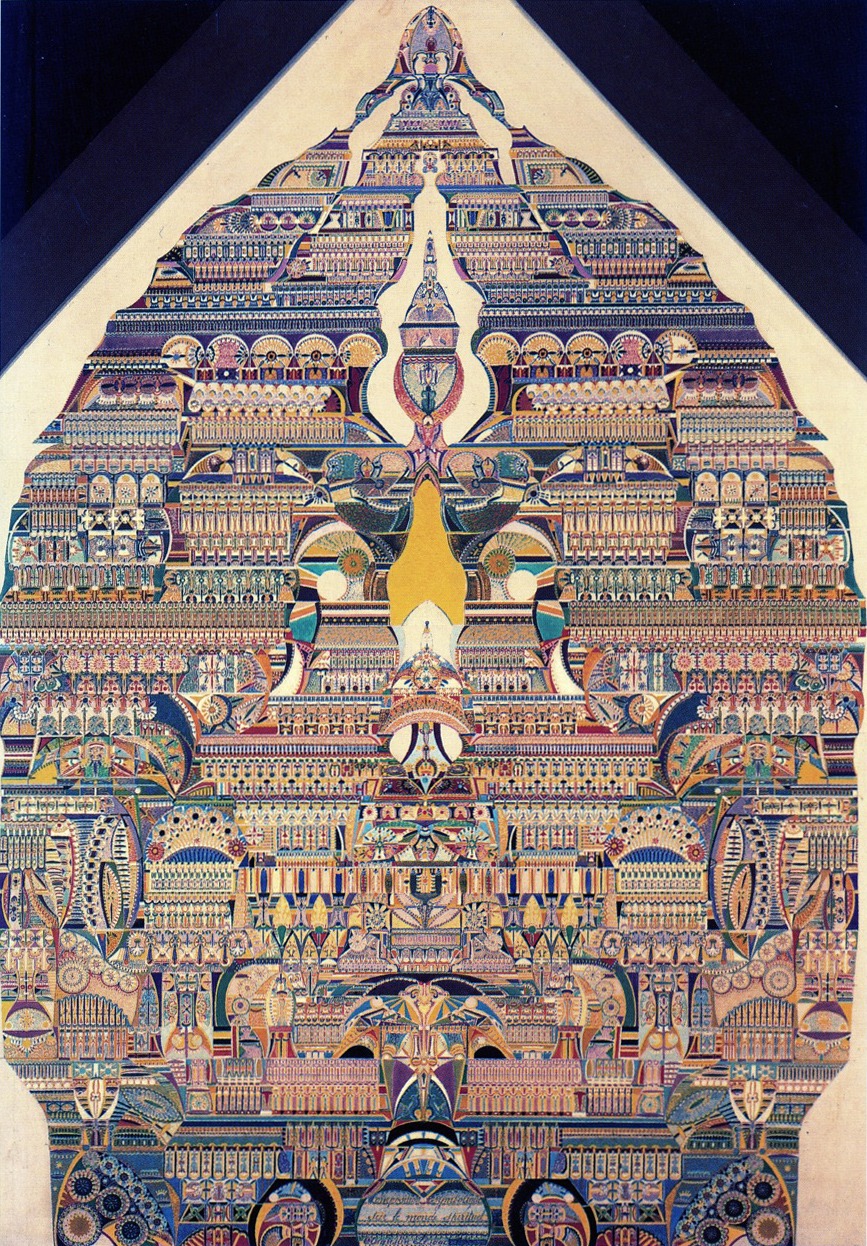
Symbolic Composition of the Spiritual World, 1925. This painting inspired Max Hattler’s animation, “1925 aka Hell.”
Lesage painted his most representative works between 1916 and 1927. According to Emily Pothast,
A growing fascination with Egypt, natural forms, and the ornamental traditions of various cultures gave Lesage a newfound source of conscious influence, diluting the purity of his earlier compositions and creating images that appear more self-conscious and perhaps less directly inspired. Lesage continued painting until failing eyesight and health forced him to resign in 1952, less than two years before his death.
Liked this post? Subscribe to my RSS feed to get much more!





